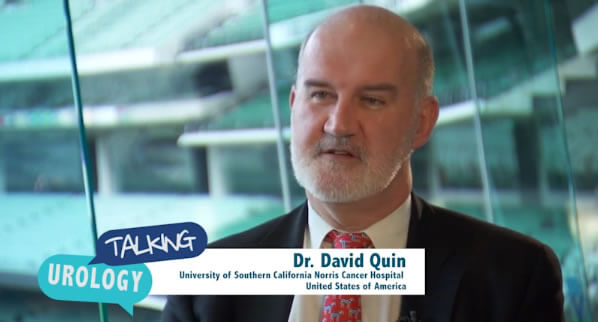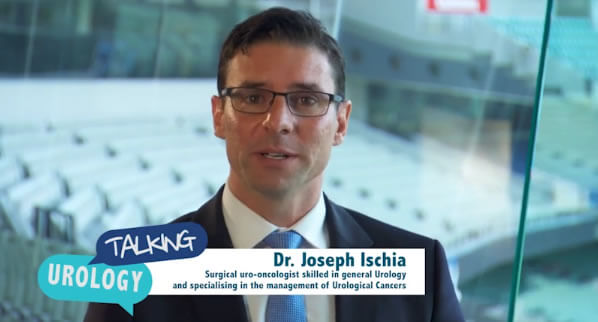USANZ 2017 – Dr Laurence Levine
Laurence A. Levine, MD is a Professor of Urology in the Department of Urology at Rush University Medical Center in Chicago.
Dr Laurence Levine provides an update on treatment options for peyronies disease.
Talking Urology podcast transcript
USANZ 2017 Interviews – Laurence Levine
This is Talking Urology.
Joseph Ischia: I’m Talking Urology today with Laurence Levine who is the Professor of Urology at Rush University in the United States. You gave an excellent talk at our conference regarding the treatment options for Peyronie’s disease. What were some of the key things you want us to take away from that talk?
Dr. Laurence Levine: Well Joe, there are a variety of treatments that have been used historically for Peyronie’s disease but at this time I don’t think we have any reliable non-surgical treatment. Having said that though I think there’s some things we can offer patients with hopes that if they are in the acute phase that we can prevent progression because up to 50% of patients in the first year will get worse if we do nothing at all. So, what oral therapy makes sense there really aren’t any that clearly work but the sensible ones based upon some basic science are pentoxifylline 400 mg t.i.d., L-Arginine 1000 mg b.i.d., and maybe the PDE5 inhibitors being taken daily might enhance not only the fibrosis but may have a benefit in terms of vascular supply. That’s it as far as oral therapy. There is injection therapy and there are several that are now being used worldwide. The only one which is approved by the FDA in the U.S. and I think approved here is Xiaflex or Xiapex as you call it. This makes great scientific sense because they’re using an enzyme to break down the scar tissue. But I think we’re going to need more evidence to show whether this is really the most effective approach and maybe even more importantly patient selection, who are the best patients for it. In my mind, men who have rather severe curve are probably not going to get enough benefit but they may get enough so that we can do a simpler operation. It’s costly and there is risk in terms of certainly hematoma and even a risk of tissue disruption, corporal rupture. Finally, there is traction therapy I’m a big advocate of traction. We know that if we put braces on the teeth of a child those teeth are going to move with the chronic forces being applied to the teeth. So, similarly if we can get enough time to apply a device to the surface of the penis, we’re going to alter, I think, that tissue and potentially see benefit in terms of reduced curvature, length restoration, and maybe even girth enhancement as well. Finally, I think the stable patient with Peyronie’s disease, with the disease not progressing any further, are surgical candidate. Surgery remains the gold standard for me and a lot of that again depends upon patient selection. Men with good quality erections and mild to moderate curvature, less than 60 degrees, I think we can correct them with plication operations. On the other hand, if they have more severe deformity but have excellent quality erections, we can do various grafting procedures with I think a high degree of success. Finally, for those men who don’t have good erections and don’t respond to PDE5 inhibitors then I think we need to consider placement of a penile prostheses. That can be combined with straightening maneuvers, of course, to get them both straight and functionally erect in the postoperative period.
Joseph: Fantastic. Thank you very much. You’ve been very kind.










